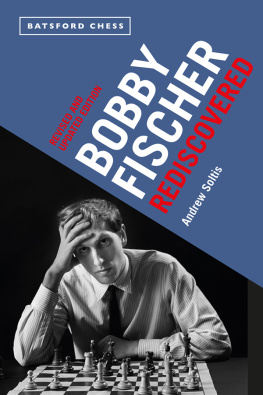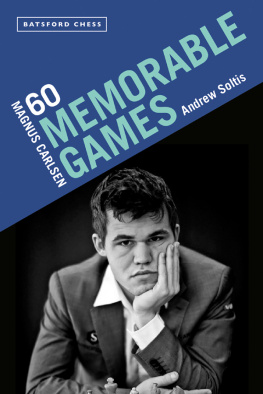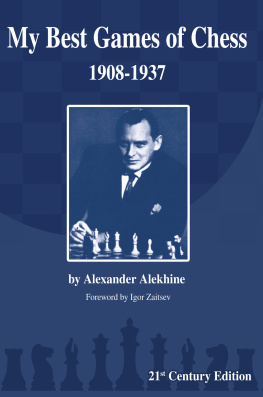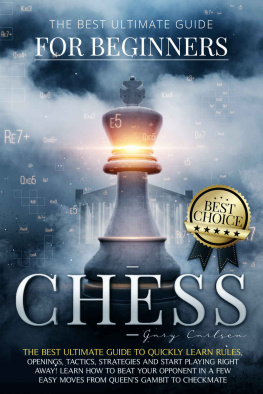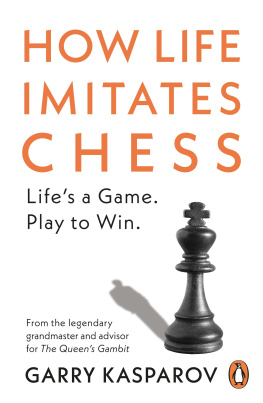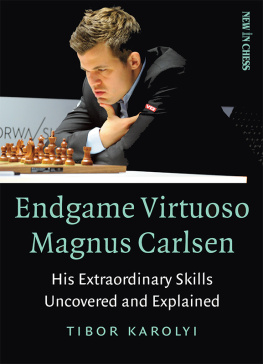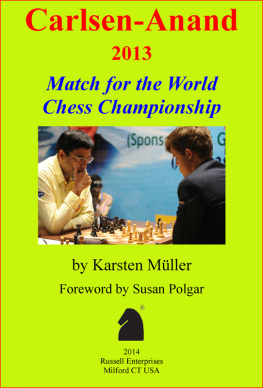Thank you for downloading this Simon & Schuster ebook.
Get a FREE ebook when you join our mailing list. Plus, get updates on new releases, deals, recommended reads, and more from Simon & Schuster. Click below to sign up and see terms and conditions.
CLICK HERE TO SIGN UP
Already a subscriber? Provide your email again so we can register this ebook and send you more of what you like to read. You will continue to receive exclusive offers in your inbox.
We hope you enjoyed reading this Simon & Schuster ebook.
Get a FREE ebook when you join our mailing list. Plus, get updates on new releases, deals, recommended reads, and more from Simon & Schuster. Click below to sign up and see terms and conditions.
CLICK HERE TO SIGN UP
Already a subscriber? Provide your email again so we can register this ebook and send you more of what you like to read. You will continue to receive exclusive offers in your inbox.
ALSO BY BRIN-JONATHAN BUTLER
The Domino Diaries
A Cuban Boxers Journey

Simon & Schuster Paperbacks
An Imprint of Simon & Schuster, Inc.
1230 Avenue of the Americas
New York, NY 10020
www.SimonandSchuster.com
Copyright 2018 by Brin-Jonathan Butler
All rights reserved, including the right to reproduce this book or portions thereof in any form whatsoever. For information, address Simon & Schuster Subsidiary Rights Department, 1230 Avenue of the Americas, New York, NY 10020.
FirstThis Simon & Schuster hardcoverpaperback export edition November 2018
SIMON & SCHUSTER PAPERBACKS and colophon are registered trademarks of Simon & Schuster, Inc.
For information about special discounts for bulk purchases, please contact Simon & Schuster Special Sales at 1-866-506-1949 or .
The Simon & Schuster Speakers Bureau can bring authors to your live event. For more information or to book an event, contact the Simon & Schuster Speakers Bureau at 1-866-248-3049 or visit our website at www.simonspeakers.com.
Interior design by Ruth Lee-Mui
Jacket design and Illustrations by Kristian Hammerstad
Library of Congress Cataloging-in-Publication Data has been applied for.
ISBN 978-1-5011-7260-1
ISBN 978-1-5011-7262-5 (ebook)
This book is for Vallory Friesen and Glenn Stout.
Do you see over yonder, friend Sancho, thirty or forty hulking giants? I intend to do battle with them and slay them.
Miguel de Cervantes, Don Quixote
A NIGHT AT THE PLAZA
In AD 813, a fratricidal power struggle and civil war saw Baghdad, the capital of the Islamic empire, buried under a ceaseless hail of rocks, an inferno of burning pots of oil. The Tigris River was aflame with ignited rafts, stained in human blood, and bloated with bodies and sunken boats. After two years of raging civil war between Caliph al-Amn and his half brother al-Mamn, starved defenders gave up their last ounces of strength desperately trying to reinforce the gates. Urban warfare continued to rage in the streets as the Naked Army (mostly amateur troops of African origin comprised of street vendors, market sellers, even inmates from prisons, who went into battle without armor or any kind of body protection) offered the last gasp of the citys defense. As the artillery of catapults flung heavy stones, arrows soared, battering rams and swords crashed, far removed from the action, shielded by an abundance of walls, gates, and imperial guards, and tranquilly sitting beneath the green dome of the Golden Gate Palace, Caliph al-Amn, the sixth caliph of the Abbsid dynasty, ignored the overwhelming chaos and onslaught outside his kingdom. Instead, as his various palaces burned into the night, he focused on a chessboard and pondered his next move.
A panicked messenger arrived to impart the news that, having incurred a new series of bitter losses, the caliphs brother might soon win the war. Al-Amns life was in dire peril. But the caliph didnt care or even bother to look up from the board.
According to Islamic historian Jirjis al-Makin, the messenger deliriously begged the caliph to stop playing and take stock of his kingdom.
Caliph al-Amns attention remained glued to his pieces, their future on the board vastly more optimistic than that of his real troops defending his kingdom. Soon after al-Amn successfully mated his adversary on the chessboard, his brothers troops arrived and, not too long afterward, the caliph was decapitated. The War of the Two Brothers had concluded.
Eight centuries later and more than twenty-five hundred miles northwest of Baghdad in England, in the winter of 1648, a messenger arrived at the court of King Charles I with dire news. The messenger found the king hopelessly absorbed in a game of chess on his precious amber board. The board had been a gift from his father, King James I. It was built by Georg Schreiber, renowned as the King of the Gamesboards, in Knigsberg in 1607, constructed from preciously small amounts of amber that had washed up onto the shores of the East Sea.
In between moves, Charles read the message. The Scots had betrayed him. He remained seated and gave no indication of the missives contents to his royal court by any gesture or expression on his face. Instead, he kept playing. The message was tantamount to the kings death warrant, yet the game continued.
When Charles was executed on January 30, 1649the first English monarch ever to be put to deathhe was allowed to carry two belongings with him to the scaffold where he was beheaded: he chose a Bible and his chessboard. A bishop named William Juxon read Charles his last rites atop scaffolding with a hooded executioner looking on. The kings last action before placing his head on the block was to offer the Bible and chessboard to the bishop as a gift.
Jump ahead to the afternoon of November 10, 2016, two days after Donald Trump was elected the forty-fifth president of the United States: thousands swarmed the Trump International Hotel & Tower near Manhattans Columbus Circle. A mile away, at Trumps Fifth Avenue residence, protesters battered a piata of the president-elect. Police closed down the avenue at Fifty-Seventh Street and barricaded demonstrators.
I watched one kid nestled inside the mob drop an American flag on the ground while his friend squeezed a stream of lighter fluid over it. Someone else bent over to reach down toward the flag, their Zippos flame delicately fluttering in the frigid cold, to ignite the bonfire.
That same night, I walked just a few blocks west and joined several hundred invitation-only guests who strolled across a red carpet into the Plaza Hotels Palm Court. They were almost entirely white and older and, judging by their jet-lagged faces and well-tutored accents, Russian and European. Women in backless dresses milled about, their porcelain skin illuminated under opulent crystal chandeliers. Waiters circulated through the crowd with trays of white and black Russian cocktails and delicately sculptured hors doeuvres. A black gospel choir sang Happy.
This was the opening-night celebration of the World Chess Championship (WCC) between Norways Magnus Carlsen and Russias Sergey Karjakina best-of-twelve match over two and a half weeks for a grand prize of $1.1 million. If Trump was the glacier and America was the Titanic , then the Plaza felt like the unsinkable ships game roomand the only thing anyone seemed to care about was chess.
This wasnt the first time the Plaza had been a part of chess history. Nearly twenty years before, in the spring of 1997, then world champion Garry Kasparov had rented a suite there to prepare for his rematch against the IBM computer Deep Blue, which he had already beaten the year before. But on this night, during this week, the Plazas connection to chess was overshadowed by its connection to Trump. When he bought the hotel in 1988, he boasted that he hadnt purchased a building, I have purchased a masterpiecethe Mona Lisa . For the first time in my life, I have knowingly made a deal that was not economicfor I can never justify the price I paid, no matter how successful the Plaza becomes. That price was $407.5 million, equal to roughly twice that amount in todays dollars. The Plaza did not become successful. Four years later it went into bankruptcy. Trump eventually sold it to a Saudi prince and one of Singapores leading entrepreneurs for $325 million. Before that, though, in 1993, he married his second wife, Marla Maples, in front of more than eleven hundred guests at the Plaza. Also not successful.
Next page


